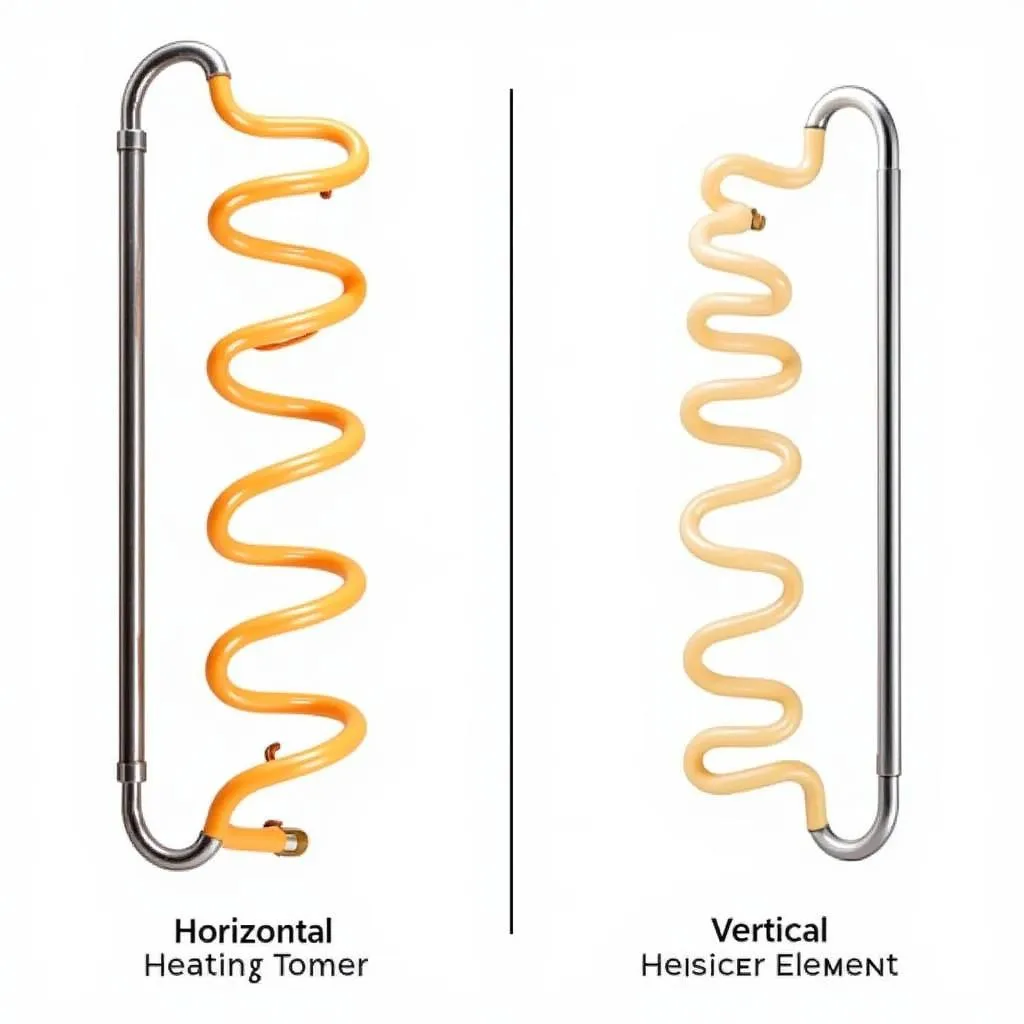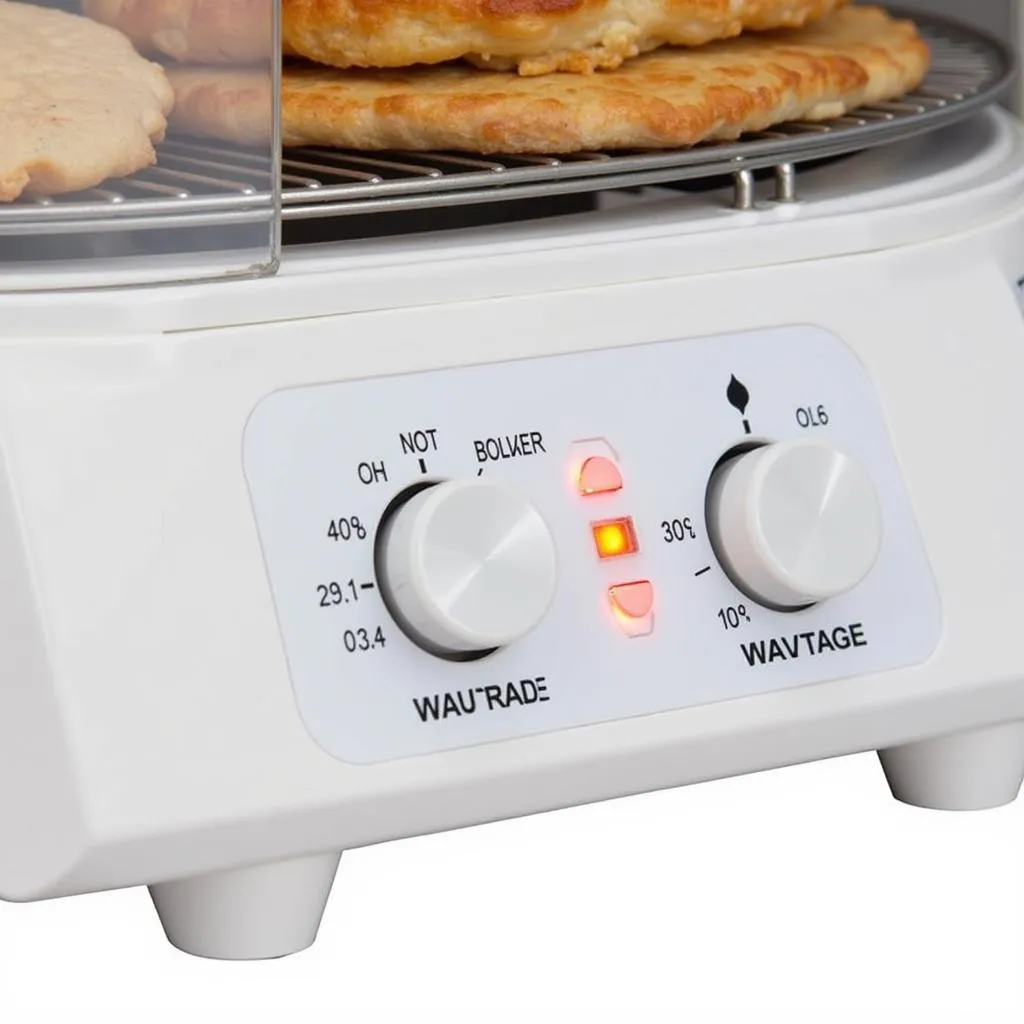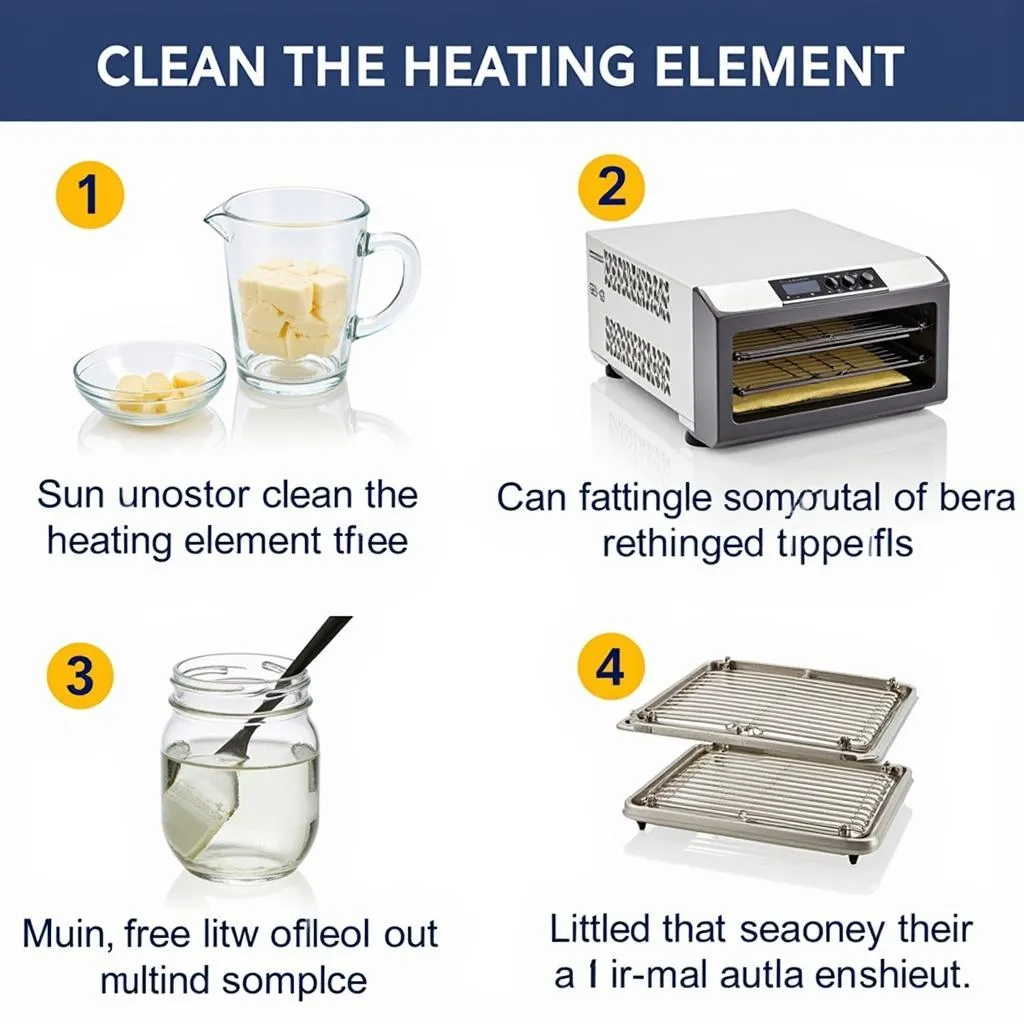A food dehydrator can be a home cook’s best friend, preserving seasonal bounty and unlocking a world of culinary possibilities. At the heart of every dehydrator lies the heating element, the unsung hero responsible for transforming fresh ingredients into shelf-stable delights. But what exactly is a heating element for a food dehydrator, and why is it so crucial for successful dehydration?
Understanding the Powerhouse: Heating Elements Explained
The heating element is the engine of your food dehydrator, generating the warmth needed to remove moisture from food. It works tirelessly, circulating heated air to dry everything from fruits and vegetables to herbs and meats. Think of it as the sun on a summer day, gently coaxing out moisture and concentrating flavors.
Types of Heating Elements: Finding the Perfect Fit
Not all heating elements are created equal. Dehydrators typically utilize one of two main types:
- Horizontal Heating Elements: Located at the back of the unit, these elements provide consistent heat distribution, making them ideal for dehydrating even layers of food.
- Vertical Heating Elements: Positioned at the bottom of the dehydrator, vertical elements are known for their efficiency and affordability. However, they may require rotating trays for even drying.
 Horizontal vs. Vertical Heating Elements
Horizontal vs. Vertical Heating Elements
Factors to Consider When Choosing a Heating Element
Selecting the right heating element for your dehydrating needs can significantly impact your results. Consider these key factors:
- Wattage: A higher wattage generally translates to faster drying times. For frequent dehydrating or larger batches, opt for a model with a wattage of 500 or higher.
- Temperature Control: Precise temperature control is essential for dehydrating different types of food. Look for a dehydrator with adjustable temperature settings for optimal results.
- Durability: The heating element is a vital component, so choosing a model with a durable and long-lasting heating element is crucial.
 Food Dehydrator Wattage and Temperature Controls
Food Dehydrator Wattage and Temperature Controls
Troubleshooting Common Heating Element Issues
Even the most reliable heating elements can encounter issues. Here are a few common problems and their solutions:
Problem: Dehydrator is not heating up.
Solution: Check the power cord, outlet, and ensure the thermostat is set correctly.
Problem: Food is drying unevenly.
Solution: Rotate trays periodically, especially in dehydrators with vertical heating elements. Ensure proper spacing between trays for optimal airflow.
Problem: Burning smell coming from the dehydrator.
Solution: Unplug the dehydrator immediately and allow it to cool completely. Check for any food particles that may have fallen onto the heating element and clean the unit thoroughly.
Extending the Life of Your Heating Element
Proper care and maintenance can significantly prolong the lifespan of your dehydrator’s heating element.
- Regular Cleaning: After each use, allow the dehydrator to cool completely and wipe down the interior, including the heating element, to remove any food debris.
- Avoid Overloading: Overcrowding trays can obstruct airflow and put extra strain on the heating element.
- Proper Storage: Store your dehydrator in a cool, dry place to prevent moisture buildup.
 Cleaning a Food Dehydrator Heating Element
Cleaning a Food Dehydrator Heating Element
Conclusion: Heating Your Way to Delicious Dehydrated Treats
The heating element is the unsung hero of your food dehydrator, playing a pivotal role in preserving flavors and nutrients. By understanding the different types of heating elements, considering key factors when making a purchase, and practicing proper care, you can ensure your dehydrator continues to transform fresh ingredients into delicious and long-lasting treats for years to come.
FAQ:
1. How long do heating elements for food dehydrators last?
With proper care and maintenance, a heating element can last for several years.
2. Can I replace a faulty heating element myself?
While it’s possible, it’s recommended to consult a qualified technician for repairs.
3. What is the ideal wattage for a food dehydrator?
A wattage of 500 or higher is generally recommended for efficient drying.
4. How often should I clean my dehydrator’s heating element?
It’s best to clean the heating element after each use to prevent food buildup.
5. Can I use my dehydrator without a properly functioning heating element?
No, the heating element is essential for the dehydration process.
Need Assistance?
Our dedicated customer support team is here to help 24/7. Contact us at Phone Number: 02437655121, Email: minacones@gmail.com Or visit us at: 3PGH+8R9, ĐT70A, thôn Trung, Bắc Từ Liêm, Hà Nội, Việt Nam.